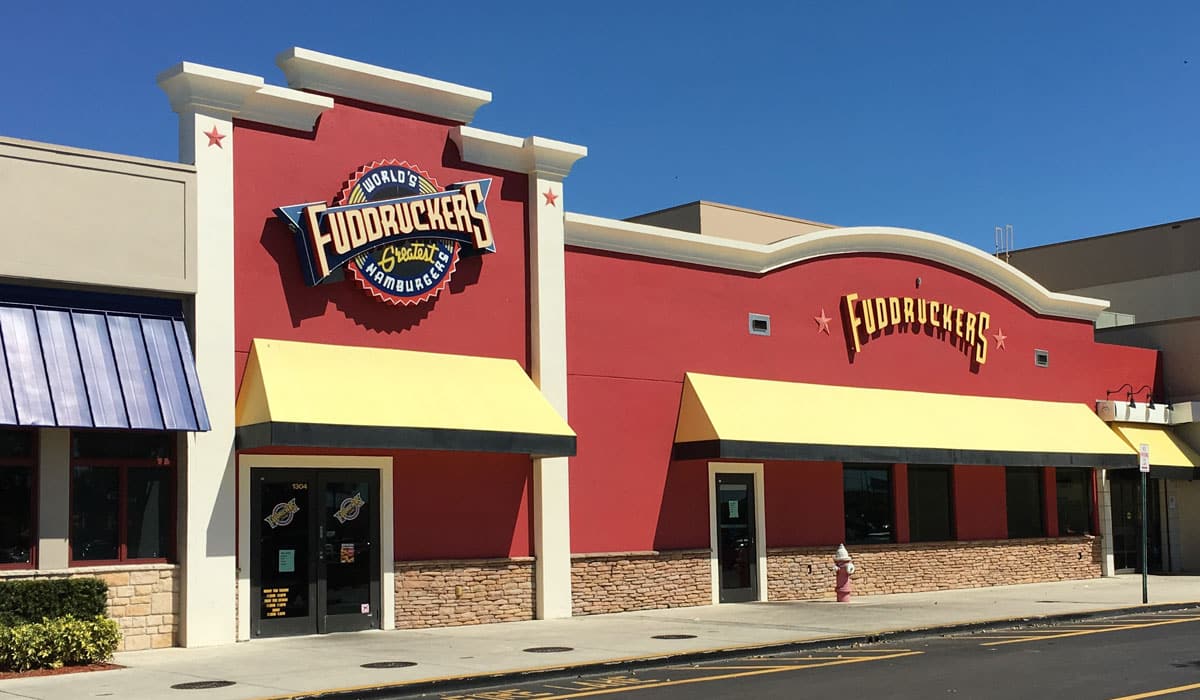Despite sales not yet reaching pre-COVID levels, Luby’s said Monday that it achieved a profit at its open stores in the final month of the third quarter.
Luby’s ended Q3 with 108 corporate restaurants—76 Luby’s Cafeterias, 31 Fuddruckers, and a Cheeseburger in Paradise. Three Luby’s and 13 Fuddruckers have permanently closed year-to-date so far.
Of the 108 still in operation, 46 standalone Luby’s and combo locations and 17 Fuddruckers have opened dining rooms at limited capacity, along with 64 franchise locations. The other 45 company-run units are temporarily closed.
At open stores, the company generated a profit of about $1 million in the last month of Q3. Luby’s attributed that achievement to a lower labor cost model, sliding food costs due to a reduced menu, and reevaluation of various restaurant services and supplier costs.
Counting only the open units, Luby’s restaurants garnered more than 80 percent of prior year sales levels by the end of Q3 while Fuddruckers units captured more than 70 percent. Off-premises mixed roughly 40 percent at the stores. Overall, restaurant sales declined 78.9 percent in Q3. Luby’s saw a 73.6 percent plummet while Fuddruckers sales decreased by 90.8 percent. The brand posted a net loss of $25 million, compared to a loss of $5.3 million in the year-ago period.
Luby’s cut G&A expenses by more than 50 percent after reviewing corporate service providers, IT needs, and personnel requirements. Additionally, Luby’s said it earned $7.2 million from selling property through Q3. It sold another $10.7 million worth of property in June and anticipates $9.2 million more by the end of Q4.
Beginning March 17, the brand started closing dining rooms and furloughing employees. By March 31, dining rooms were closed at 118 company-run units. Fifty Luby’s, 36 Fuddruckers, and a Cheeseburger in Paradise were temporarily shut down while 28 Luby’s and three Fuddruckers remained open for takeout, drive-thru, curbside pickup, and delivery. More than half of the corporate staff was furloughed and salaries for non-furloughed employees were cut by 50 percent. Franchise owners reduced the number of operating locations from 90 pre-COVID to 37 by early April. In May, the brand started to reopen dining rooms.
In April, Luby’s received a warning from the New York Stock Exchange because its stock fell below $1 for more than 30 straight trading days. However on July 1, the restaurant regained compliance after its average closing price for 30 trading days ending June 30 was above $1 per share. The chain also received funds from the Paycheck Protection Program in April.
Luby’s announced in June that it planned to sell its assets as part of a strategic alternative to maximize stockholder value. The company is exploring several potential transactions including the sale of its operating divisions—Luby’s, Fuddruckers, and Culinary Contract Services—as well as its real estate, or selling the company as a whole.
More than a year ago, Luby’s outlined changes that included management refreshment, guest traffic goals, and a significant reduction in G&A expenses. By September, Luby’s announced the formation of a special committee and pursuit of strategic alternatives. In the months after that, the brand’s performance was labeled as “not acceptable” by CEO Chris Pappas.







